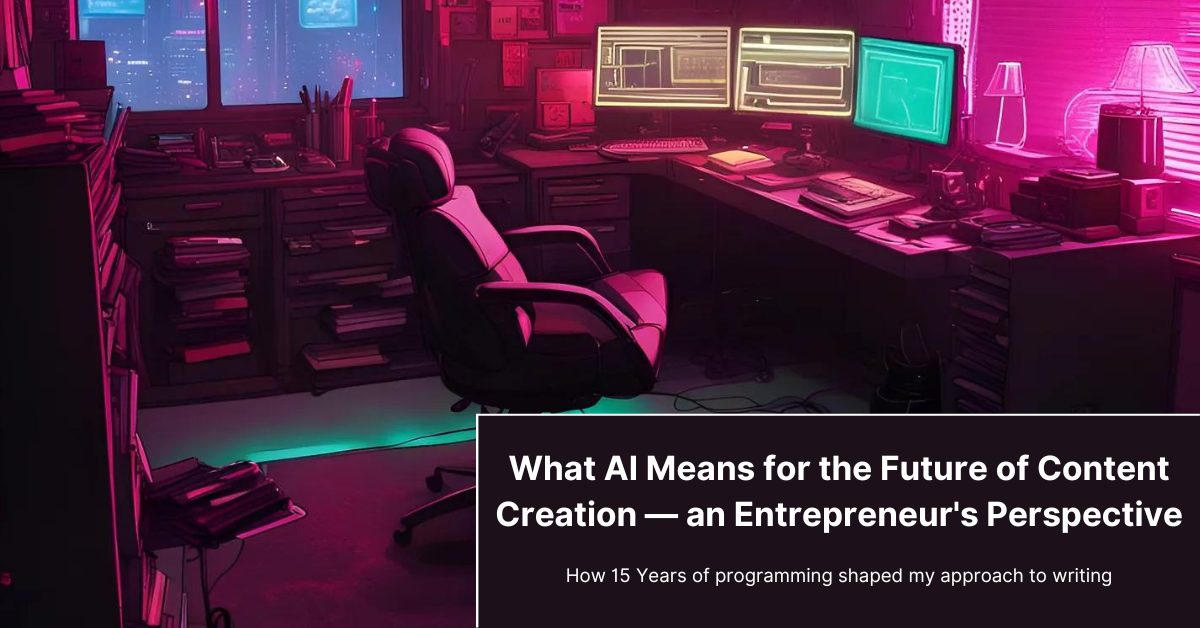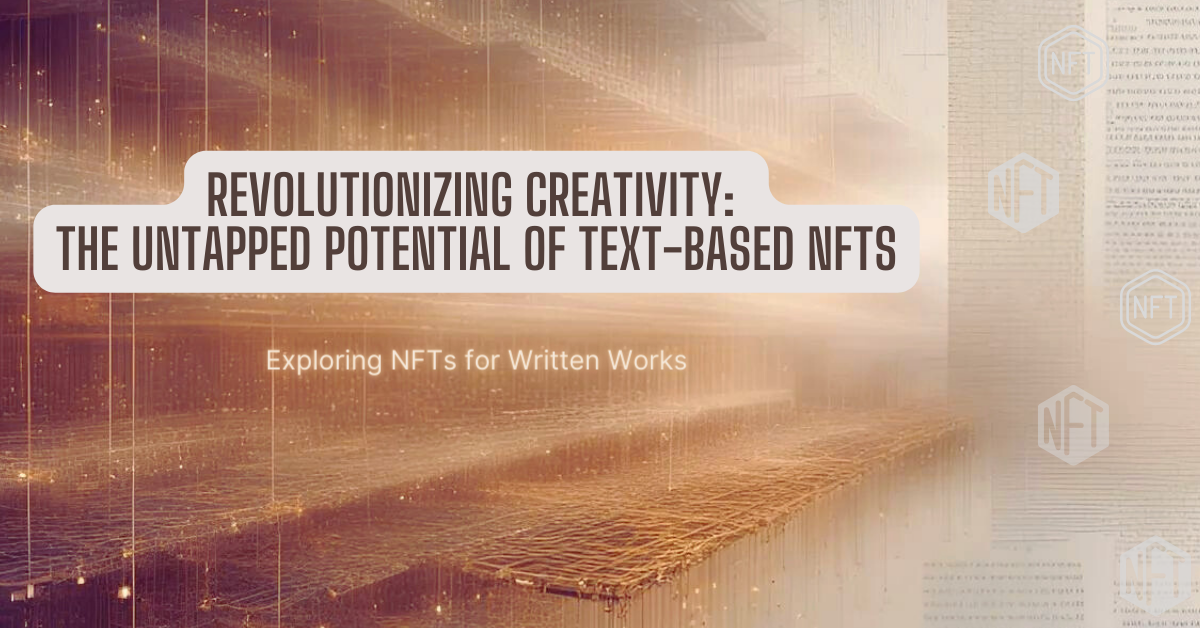What AI Means for the Future of Content Creation — an Entrepreneur's Perspective
In the past couple of years, I've published over 150,000 words of content on web3. Not everyone agreed with what I wrote, but I believe it's important to externalise the ideas and perspectives you have, either through conversation or writing. The good ideas you can refine further, whereas you move on from the bad knowing they aren’t worthy of further explanation.
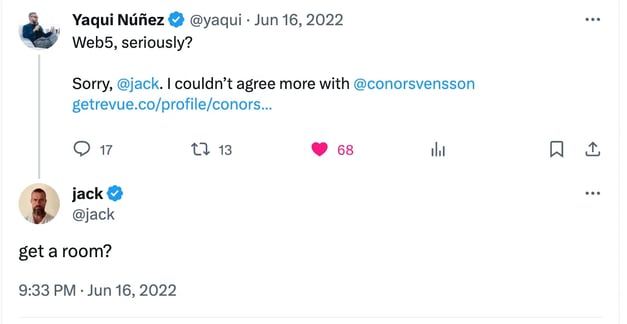
My writing began with The Blockchain Innovator's Handbook and continued with these weekly posts which commenced in January 2022.
Until I wrote my book, I had never been a keen writer. I enjoyed being a consumer of books, but going through the process of writing, and then publishing a book helped me to appreciate the craft of writing.
It’s invigorating to capture your ideas and thoughts in their rawest form through writing — writing is the simplest and purest form of expression.
Writing my first book
It was in 2021 that I decided to write the Blockchain Innovator’s Handbook. By this point, I’d already spent a number of years working on blockchain technology and wanted to externalise the knowledge that was sitting idle in my mind.
Neil Gaiman refers to this as the seed for your story. Once planted it needs to be tended to, cultivated and to grow into something magnificent over time.
I had my seed, and created a structure for the book. The next stage was writing.
I set myself a goal of writing 1000 words per day, five days per week. This enabled me to commit the first draft down in a relatively short space of time. I actually found this process liberating, where I blocked out 2-3 hours per day to get my words done.
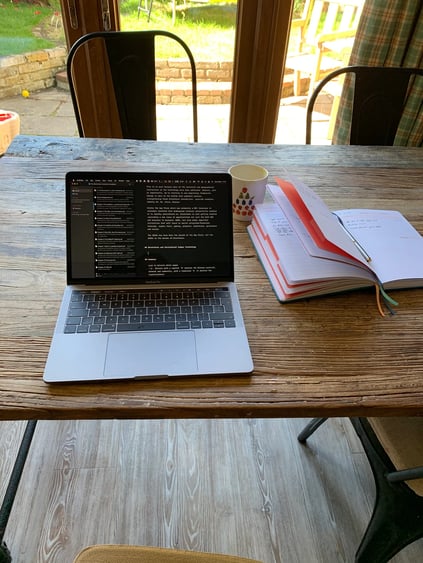
I didn’t edit on the fly, I just kept writing until I hit my word quota. The important thing was to get into a state of flow each day, where I was committing words to the page as quickly as they were coming to me.
Remarkably I managed to hit my target of 30,000 words, but now the real work commenced. Many months were spent refining this draft, working with reviewers and editors to produce something worth publishing.
It was liberating when I received the first copies of the book for review. The tact then shifted toward promoting its release.
One of the really fun events along the way was a having a book launch. I had no idea how to do one, but thanks to some great help from the Web3 Labs team, we held an official launch at the end of 2021.

In addition to giving away signed copies of the book, there was even a book-shaped cake for everyone to enjoy!

The tastiest version of The Blockchain Innovator’s Handbook
Writing as an outlet
In the months that followed the book’s release, I found myself missing the process. I was yearning for that creative outlet and the feeling of accomplishment that came with producing written content.
This notion of producing a creative piece of work gave me something that was missing from running Web3 Labs. As a business owner, you're constantly being thrown balls from different directions and you try to keep as many of them in the air at once as you can.
As a result, from one week to the next your focus is constantly shifting between putting out fires, working with customers, your teams and strategic thinking.
This can at times leave you feeling like you're not being as productive as you'd like. This is where writing can be therapeutic, and give you the feeling of accomplishment, even when you've been jumping from one thing to another with your work.
Publishing this weekly newsletter filled that void and allowed me to share my thoughts each week on web3 and where I believe it to be heading.
In the 7-plus years of focussing on this domain, it has evolved in ways I would never have imagined, but providing a balanced opinion is important.
Writing versus programming
As someone who spent 15 years as a developer, there are fascinating parallels between the process of writing and the process of creating software. Of the two, I find writing harder than programming. Non-programmers may find this hard to appreciate, but programming languages are simpler than natural languages.
Programming languages each have their own syntax which defines the combination of symbols that can be used to define computer programs.
When you write code you have a compiler that validates what you've written makes sense. It then turns it into machine code that a computer runs for you. The code compiles successfully and runs or it fails along the way.
It's black and white in these respects. You have rules to follow which produce an output that either works or doesn't as far as the author is concerned.
Writing is far more nuanced. Unlike programming where you are providing instructions to a machine, when you write you are communicating to others.
You not only need to write in a cohesive manner that makes sense but also tap into human psychology to ensure that your audience is compelled to read what you have written.
This has become increasingly challenging given the vast number of information sources that people are exposed to on a daily basis. Once it was only adverts, but now you have tiny nuggets on multiple social media platforms all vying for people's attention.
This has further shifted the type of content that people write, but in some respects made it simpler for content creators on social media platforms. The more sensational the content, the easier it is to draw people in.
Regardless of the type of content being written, being able to resonate with your audience is key. In software development, your target audience is the end-users of the software.
Both require you to invest serious hours in your craft and are incredibly satisfying when you get comments from your audience that things are working or resonating for them.
Most of the people consuming your work will not make you aware they have read or used it. This makes feedback or comments all the more valuable.
Having spent so much time coding, it has definitely influenced my writing workflow. Like with writing a program I sketch out parts of an article before I write it, providing some loose structure.
Then I write using the excellent iA Writer editor in which I use Markdown for writing which I can easily export into a Word document.
Writing in Markdown is the most paired-back format I have found. It's just you and your text, with no formatting menus, everything is achievable via the keyboard. I consider it the closest there is to using a typewriter, but with magical formatting options that make it straightforward to format text as you wish.
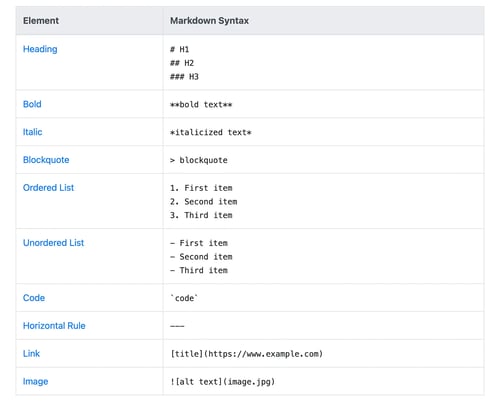
The impact of AI on writing
Even with the abundance of content across the different social media platforms, we have now entered a new phase of content creation driven by AI.
Prior to the emergence of ChatGPT, the only way for long-form content to be generated was via copywriters of transcription services. We're now entering a new phase in the evolution of content where essays can be generated with ease.
This does mean that we are drowning in ever more content, making it harder than ever to surface the nuggets of information among it all.
From my own personal perspective, I don’t write my content with AI. But, I have embraced AI tools to sharpen what I write. I see AI assistants such as ChatGPT as akin to junior staff members. They can provide additional perspectives and fix aspects of what you've written, but they need to be watched closely, and definitely not trusted blindly.
The way I see it is that we need to have humans continue to write quality content that will be used to further train the AI.
We may be at a disruptive point in the evolution of content creation, but at its heart, machines at best can only simulate humans and our writing. As such, I don't see a need to stop writing any time soon.
In writing as with code, nothing is ever perfect, it can continuously be improved upon. Hence there will always be a need for humans to make machines better. And this coupled with the mental clarity that comes with writing is motivation enough to keep going.
That being said, in the coming months I am going to take a break from publishing the weekly essays. There’s still plenty to write about in web3, but there’s also a lot I need to share on Web3 Labs products and services which continue to grow. I’ll be continuing to put out content via web3labs.com, but these essays will be more sporadic.

